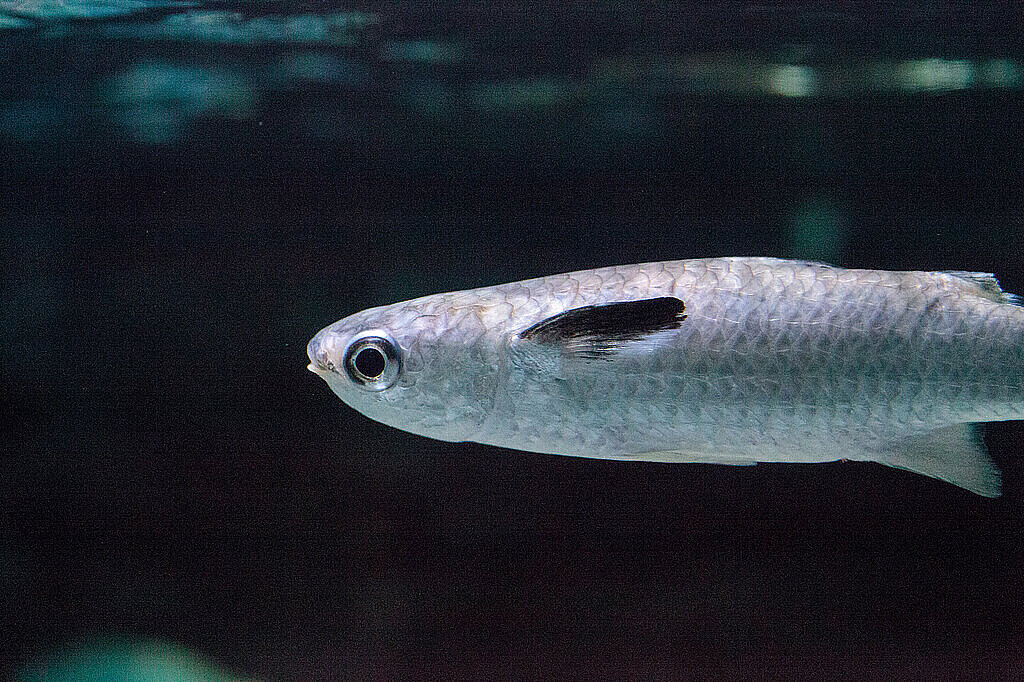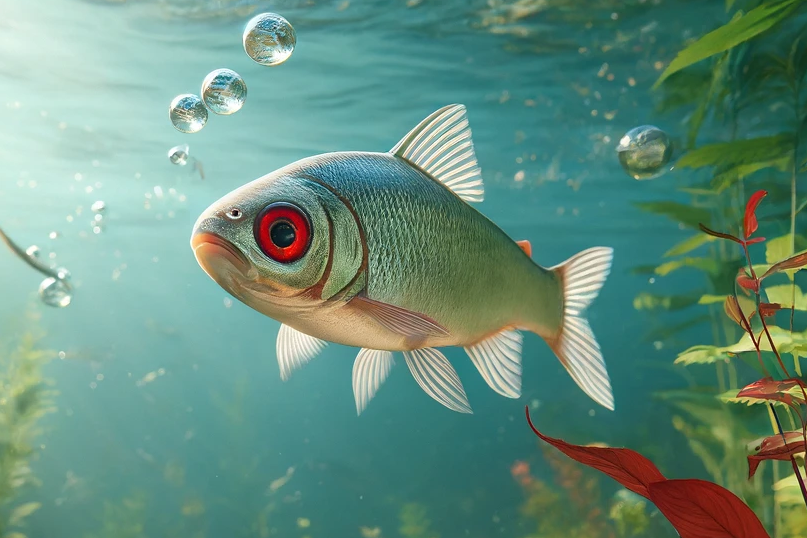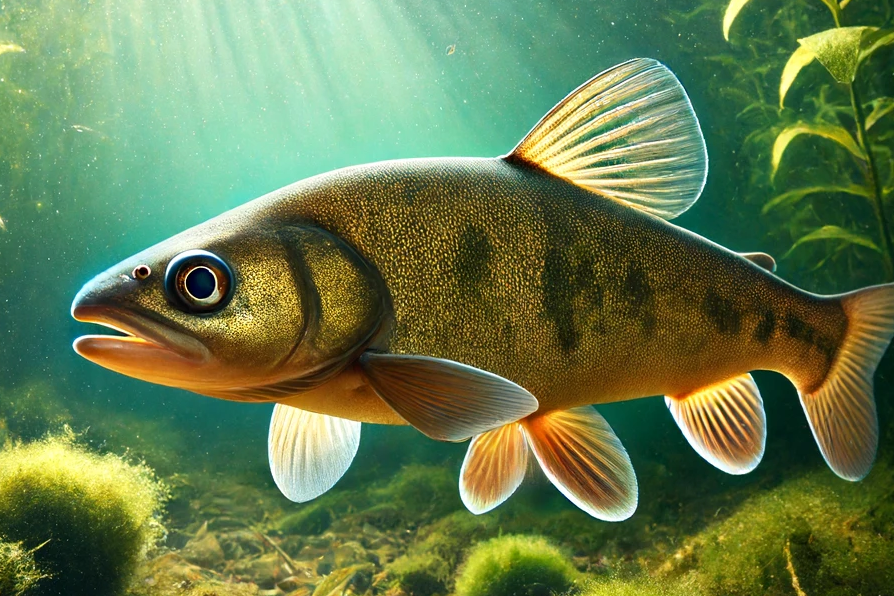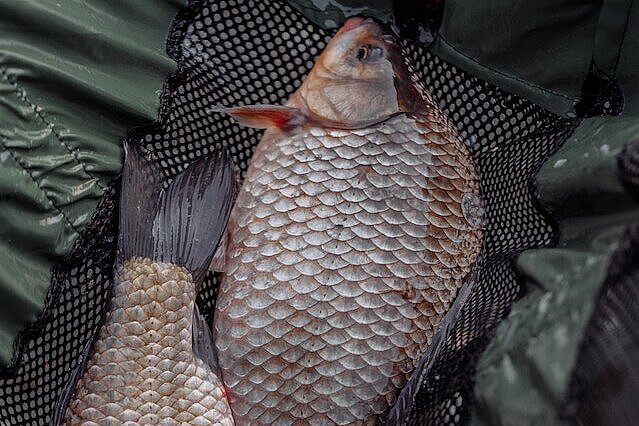Bream

What is bream?
Bream, also known as Abramis brama, is a freshwater fish native to Europe and Asia that is typically found in lakes, rivers and ponds. This fish is characterized by its high back, silvery skin and round, laterally flattened shape. Bream are known for their diet of plankton, algae and small invertebrates, resulting in a nutrient-rich flesh.
Nutritional profile and health benefits
High omega-3 fatty acid content
Similar to other fish, bream is an excellent source of omega-3 fatty acids, which are known for their anti-inflammatory properties. These essential fatty acids can contribute to skin and coat health, prevent heart disease and support cognitive function.
Rich in protein
Bream provides an excellent source of high-quality protein, which is essential for building and maintaining your dog's muscles. Proteins play a crucial role in a dog's diet by contributing to cell repair and are necessary for growth.
Vitamins and minerals
This fish is also rich in various vitamins and minerals, including vitamin B12, vitamin D, phosphorus and selenium. These nutrients are essential for maintaining various bodily functions, including supporting the immune system and promoting healthy bone structure.
Possible disadvantages and precautions
Heavy metal exposure
A potential problem with feeding fish, including bream, is heavy metal contamination, particularly mercury. It is important to know the origin of the fish and ensure that it comes from clean waters.
Bones
Another disadvantage of bream are the small bones, which can pose a choking hazard. It is crucial to bone the fish carefully before feeding it to your dog.
Bream can be a valuable addition to your dog's diet, but it also presents some challenges. The benefits of this fish lie in its high content of omega-3 fatty acids, proteins, vitamins and minerals. These nutrients can contribute to your dog's overall health and well-being. However, it is important to be aware of potential risks such as heavy metal exposure and bones. If you want to incorporate bream into your dog's diet, start with small amounts and make sure the fish is prepared properly to minimize any dangers. As with any dietary change, if in doubt, consult a vet to make sure this change is suitable for your dog. With the right preparation, bream can be a nutritious and tasty change to your dog's diet.
Properties 8
Are you looking for other ingredients with a specific property?
Just click on them to find more.
If you notice any signs of hypersensitivity or poisoning in your dog, you should see your vet immediately. We are not a substitute for a vet, but we try to be as accurate as possible. Every dog reacts differently and we recommend you get a second opinion or consult your vet if in doubt.
Stay healthy and take good care of your four-legged friend!😊
Similar to Bream
Mullets are a family of fish that live worldwide in tropical and subtropical regions on seashores and in brackish water. Some species also migrate into rivers and even live in fresh water. Mullets...
The roach, also known as roach, is a freshwater fish that is mainly found in European waters. It belongs to the carp family and is known for its tasty, nutritious properties. Long prized in the...
The tench (Tinca tinca) is a freshwater fish native to Europe and parts of Asia that lives mainly in stagnant or slow-flowing waters. Characteristic of this fish is its mud-green color and greasy...
Carp is a freshwater fish that belongs to the bony fish family. It has an elongated body with large scales and a strong mouth. Carp can grow up to 120 cm long and weigh 40 kg. They feed mainly on...



